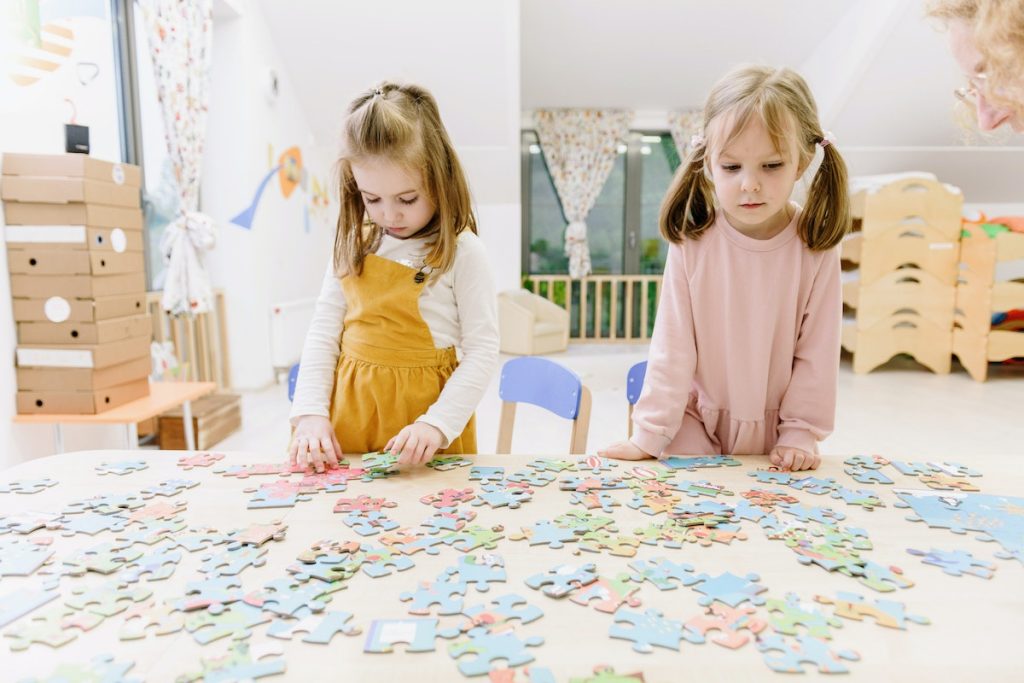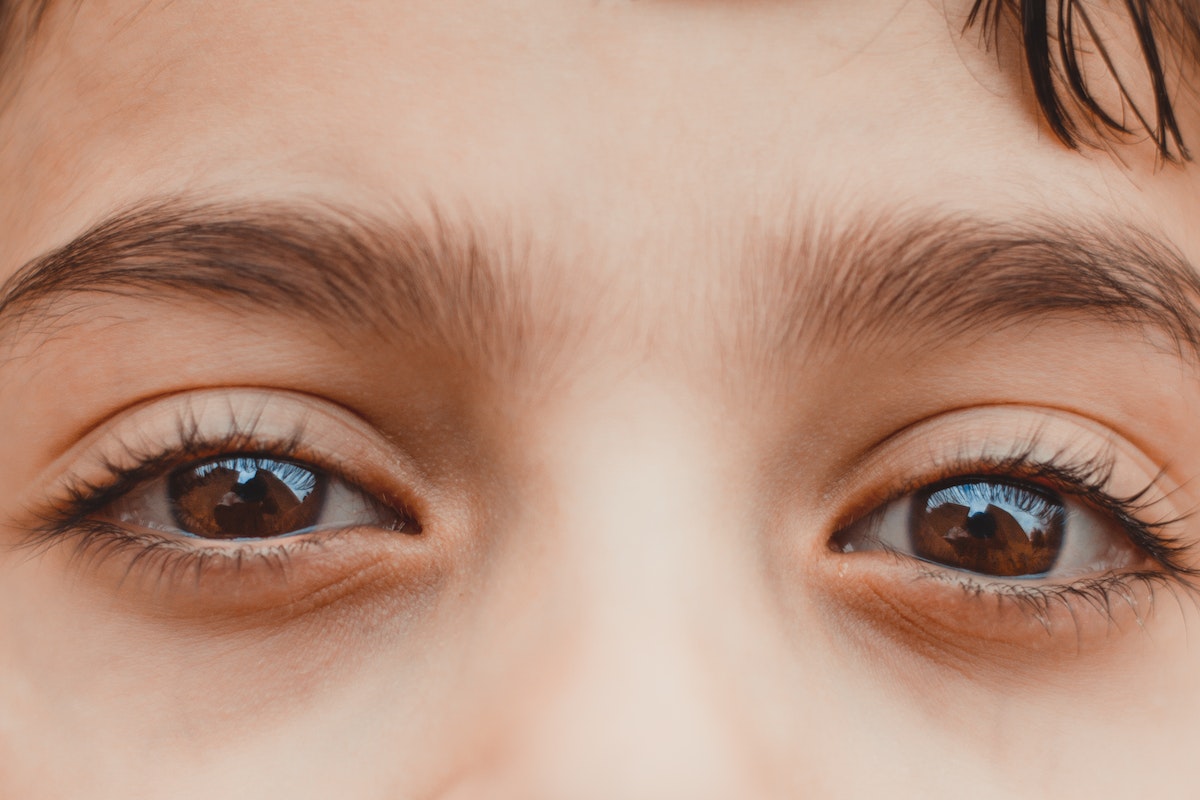As a parent, you want your child to succeed in all areas of life. You may not realize it, but one of the skills that will help them succeed is visual-spatial skills. Visual-spatial skill is the ability to perceive the world visually and navigate through space. It allows us to do things like drive a car or read a map.
You may be wondering how you can help your child develop this skill. Luckily, there are a few simple things you can do to give them a head start.
Encourage Them to Play With Blocks
One of the best ways to help your child develop visual-spatial skills is to encourage them to play with blocks. Building with toys and creating towers, houses, or anything else with blocks helps children understand how objects fit together in space. It also helps them develop problem-solving skills as they figure out how to stabilize their structure.
Moreover, blocks are a great way to encourage imaginative play. As children create stories and worlds with their blocks, they’re also developing their visual-spatial skills. This helps them understand how objects relate to each other in three-dimensional space and mentally manipulate them.
Play I Spy
Another great way to help your child develop visual-spatial skills is to play I Spy games with them. This classic game requires children to use their visual-spatial skills to scan their surroundings and identify objects that match the clues given by the other player. Not only is it fun, but it’s also a great way for them to practice using their visual-spatial skills.
I Spy is a classic game that can be played with any number of people. To play, one person gives the other players a list of objects to find. These objects can be anything from specific items in the room to colors or shapes. The player who is looking for the objects then has to scan their surroundings and find as many things as possible that match the list.
The game can be made more challenging by making the objects harder to find or by giving players less time to find them. It’s also a great way to teach children to focus on specific details and to scan their environment for clues.
Give Them Puzzles

Puzzles are another great way to help children develop visual-spatial skills. They must be able to visualize how the pieces fit together to complete the puzzle correctly. As they work on puzzles, they’ll gradually get better at understanding how objects occupy space. This will come in handy later in life when they have to solve problems that require spatial understanding (like parking a car).
When looking for puzzles for your child, it’s essential to choose ones that are appropriate for their age and skill level. If they’re just starting, look for puzzles with large pieces that are easy to manipulate. As they get better at puzzle-solving, you can gradually introduce puzzles with smaller pieces and more complex designs.
Familiarize Them With Spatial Language
Familiarizing your child with spatial language is another great way to help them develop visual-spatial skills. Spatial language is the language we use to describe space. For example, words like “under,” “over,” “behind,” and “in front of” are all examples of spatial language.
Introducing your child to spatial language will help them understand how objects relate to each other in space. It will also help them understand instructions that involve spatial concepts (like “put your toys under the bed”).
Doing this will help your child develop what’s known as a “mental map” of their surroundings. This is an essential skill that will help them navigate through life, both literally and figuratively. It allows them to visualize their surroundings and understand how to get from point A to point B
Teach Them How To Visualize
There are many other great activities you can do to help your child develop visual-spatial skills. The important thing is to encourage them to use their imagination and think creatively. One way to do this is to teach them how to visualize.
Visualization is the ability to create a mental image of something that isn’t there. For example, you can close your eyes and visualize your favorite place. Doing this regularly will help your child develop their visual-spatial skills.
As your child gets older, you can also encourage them to take up hobbies that require visual-spatial skills. Things like building model airplanes, playing video games, and doing puzzles are all great activities that will help them develop these important skills. When they learn how to visualize, they’ll be better able to solve problems and understand the world around them.
Visual-spatial skill is an important ability that will help your child succeed in all areas of life. You can help them develop this skill by encouraging them to play with blocks, play I Spy games, work on puzzles, learn spatial words, and visualize. These activities are not only fun, but they’re also educational and beneficial for your child’s development.


